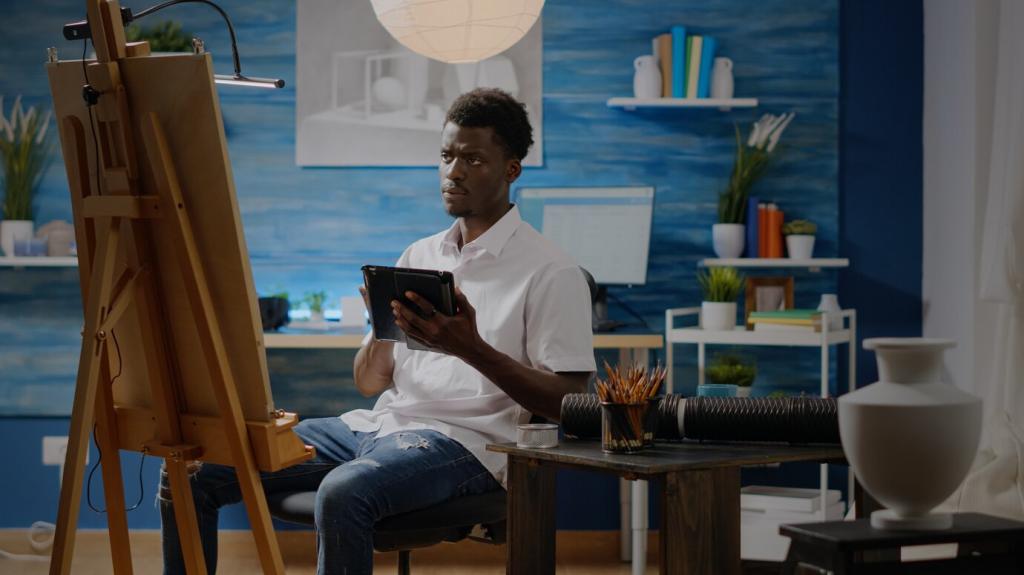Guided Practices for Busy Schedules
Before you switch tabs or meetings, close your eyes and take six slow breaths. On each exhale, mentally say “soften.” Notice one sound and one sensation. This micro-practice clears mental residue, helping you arrive fresh. Tell us which transition moment you used today, and inspire someone else to try.
Guided Practices for Busy Schedules
If you ride public transport, practice eyes-open awareness: feel the seat, sense the breath, track passing colors without chasing stories. If driving, focus on hands on the wheel and the rhythm of your exhale. Share your favorite cue—traffic light, station chime, or merge—to remind you to breathe.






